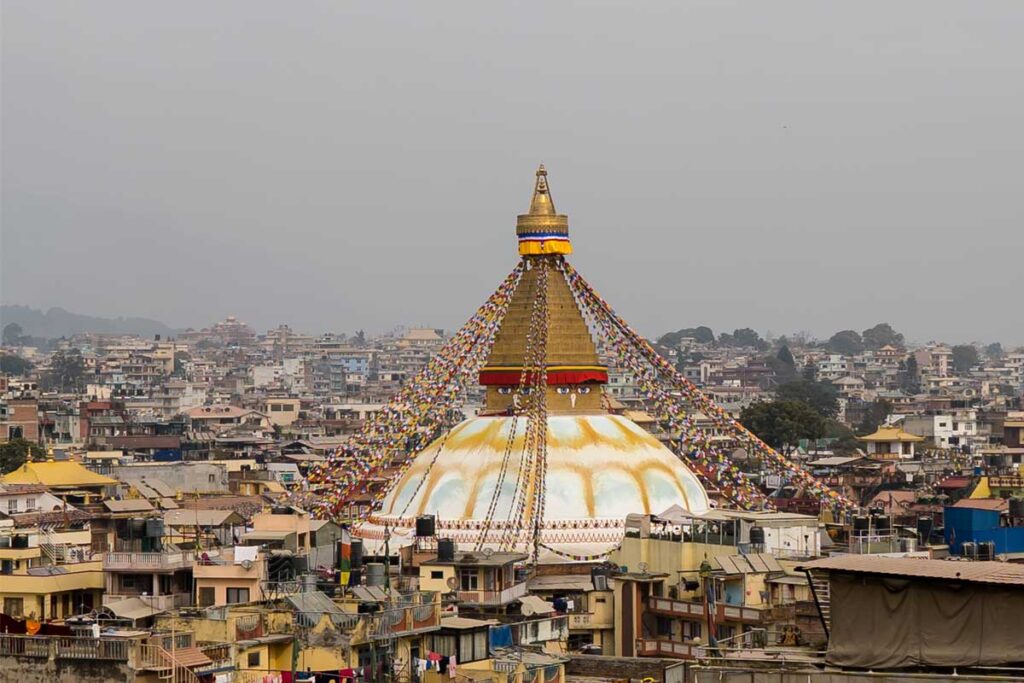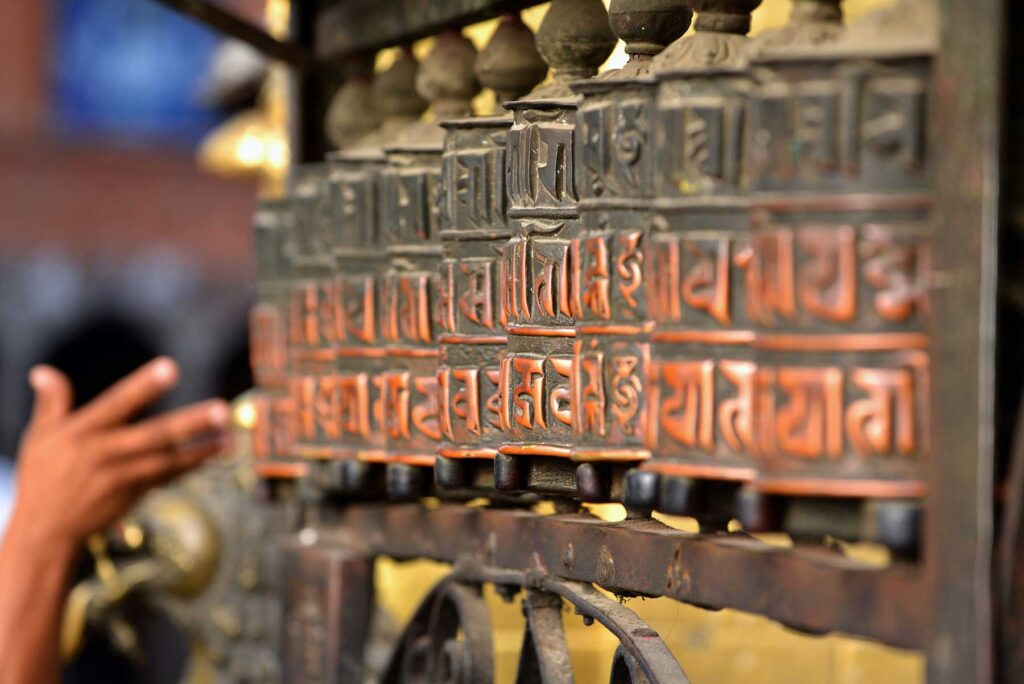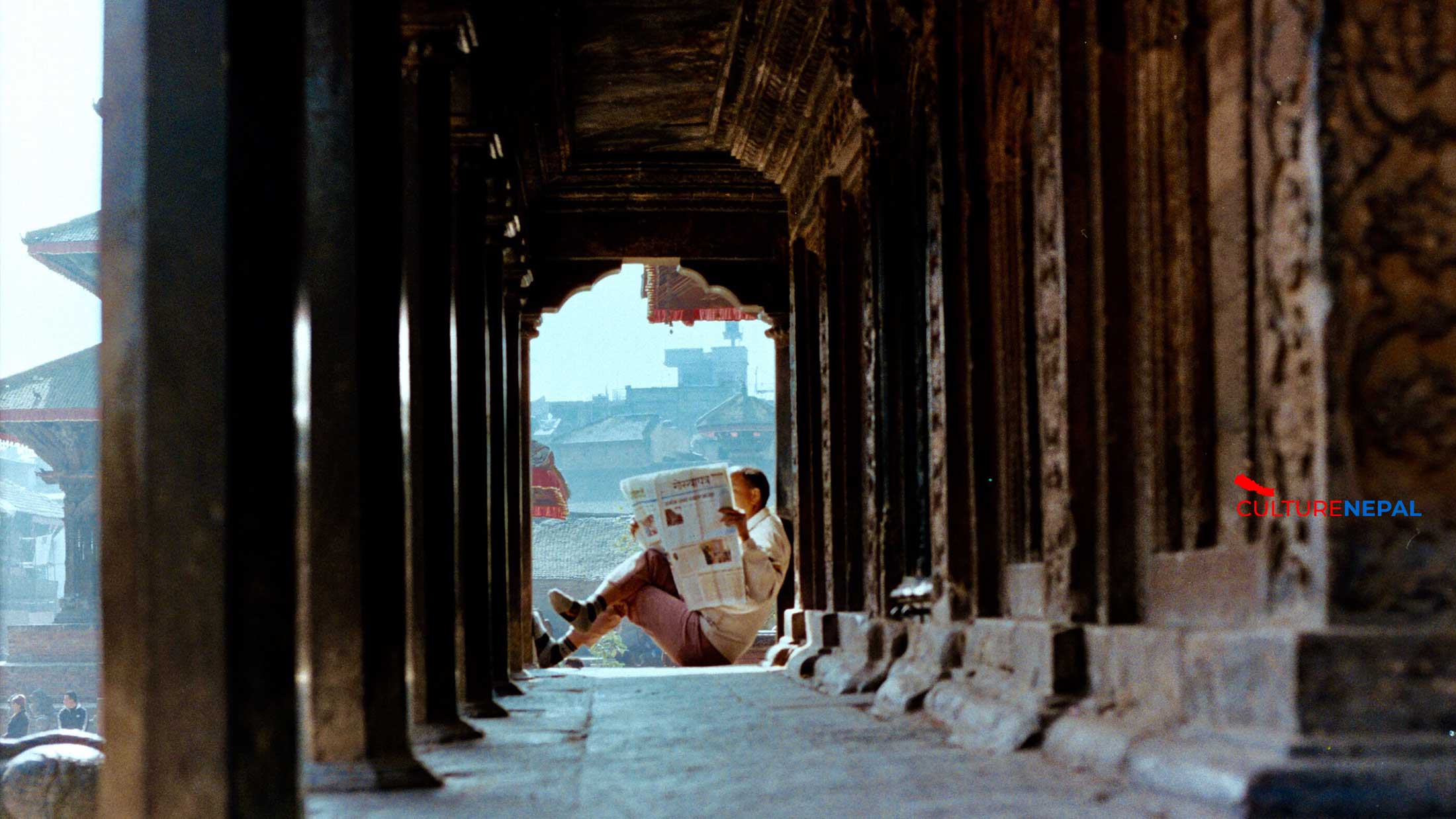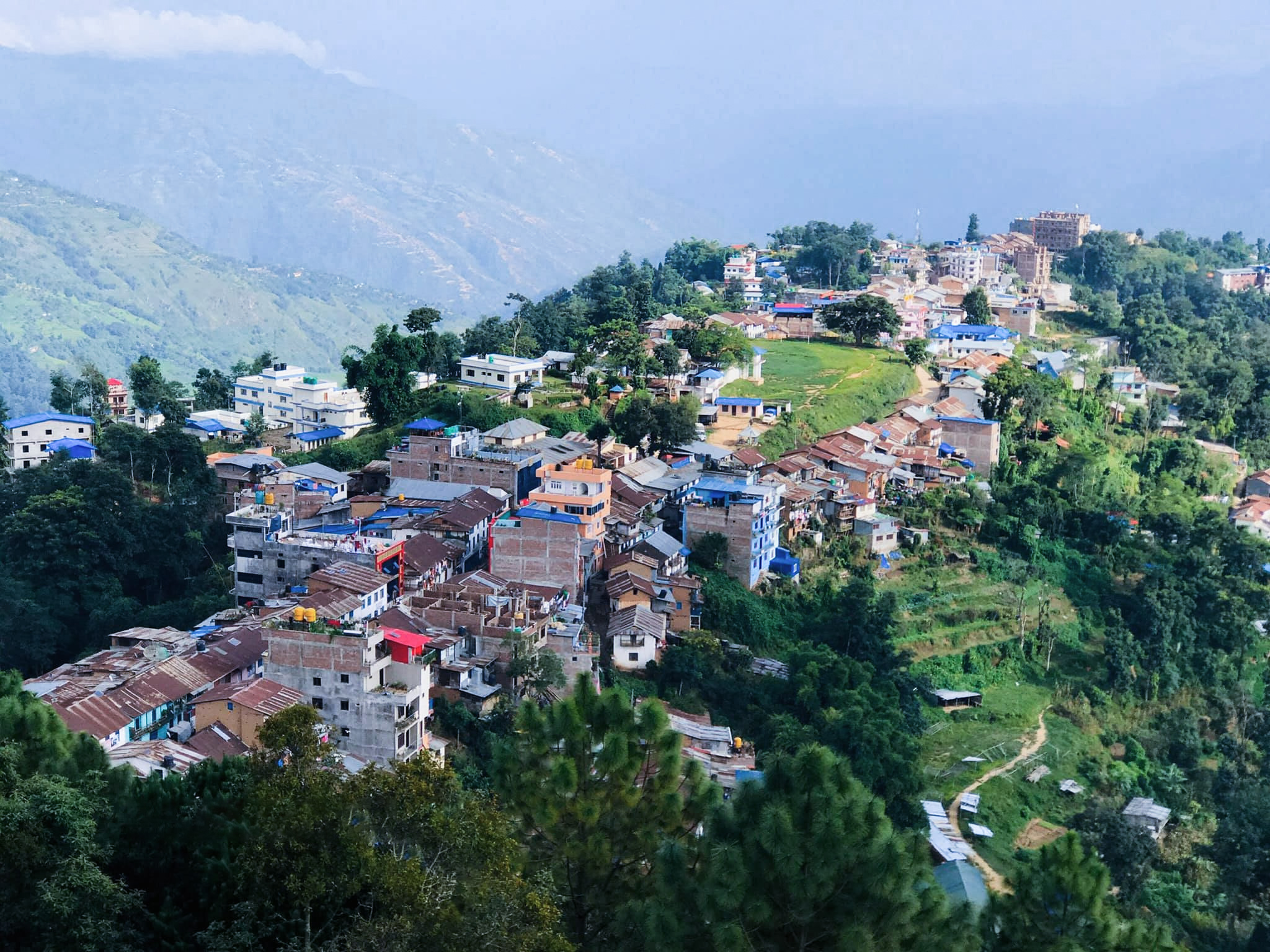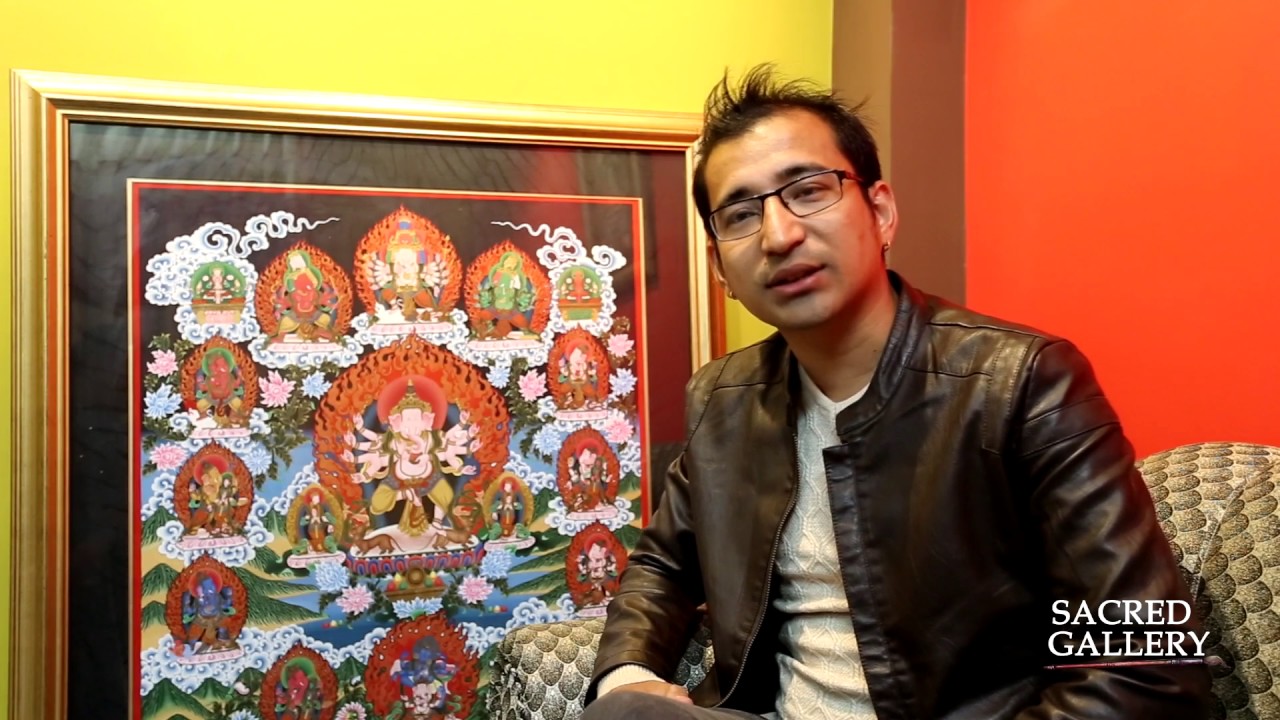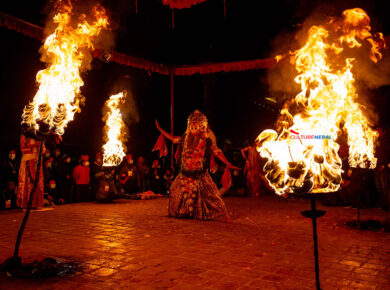Pashupati Temple
Pashupatinath Temple Nepal has numerous pilgrimage sites, sacred to both Hindus and Buddhists. To the Hindus, the most famous and most venerated is the temple of Lord Pashupatinath, situated on the banks of the holy river Bagmati in Kathmandu.
It is among the most revered shrines for Hindus all over the woad. The main temple, which stands in the middle of a courtyard, is two-tiered, built upon a square plinth, and is 23.6 metres high. The four large gates of the temple are silver and gilt-plated and richly carved with images of deities. The two copper roofs are supported by numerous struts adorned with beautifully carved images of various Hindu gods and goddesses. The sacro sanctum, or the main idol of “Mukhalingam”, is one metre high and has faces carved in four directions. The original temple is said to have been built at the beginning of the Christian era. It is said to have undergone several reconstructions over the ages to what stands today.
Changu Narayan Temple
The site of the Changu Narayan is revered as sacred Location dating back to the Lichchhavi period and is believed to be one of the valley’s earliest settlement site. It is situated on a small hillock northwest of Bhaktapur. Revered by both Hindus and Buddhists, Changu Narayan has been among the most venerated sites for worshippers of Lord Vishnu since early times, and hence it is a very important pilgrimage site for the Vaishnavas. The main pagoda- style temple is Located at the centre of a large courtyard, which is surrounded by rest houses known as Chaughera Sattat. In addition to the main two-storey temple, the Changu Narayan monument zone includes several smatter shrines, including the temple of Chhinna Mastaa, the headless goddess. The site is renowned for the masterpieces in stone and meta’ sculpture dating back to different periods of history. Examples of such masterpieces in stone sculptures are the Vishwarup of Lord Vishnu circa 8th century, Vishnu Vikranta or Lord Vishnu’s form circa 8th century, and the fearful. figure of Narasimha Avatar, or half lion-half human figure of Lord Vishnu, which dates back to the 9th century.
Swayambhu Maha Chaitya
Kathmandu Valley has also some very important and highly venerated Buddhist sites. As one enters the valley, the first sight to catch the visitor’s eye is the hemispherical white dome (stupa) of the Swayambhu Maha Chaitya perched majestically atop a hill on the western fringe of the Kathmandu Valley. The stupa symbolises the body of the Buddha, which is nothing other than the cosmos itself. The Swayambhu Maha Chaitya with the semi-closed eyes of the Buddha overlooking the valley from all four directions is the most prominent monument and landmark of the valley. The historical origins of this great stupa are obscure, but it is believed to have been built during the Lichchhavi period. The main stupa is a huge white dome in the form of a flattened hemisphere. Around the circular base – the garva (womb) – are installed the five celestial Buddhas with their respective female counterparts. In the vicinity are numerous monuments. These include the twin Shikhara-style temples of Pratappur and Anantapur built by King Pratap Matta; Basupur, with the image of Goddess Basundhara, the bestower of prosperity; Vayupur, the god of wind; and the artistic golden temple of the Goddess Ajima or Harati, the protector of children.
The Swayambhu Maha Chaitya is a veritable treasure house of valuable artefacts of bronze and stone images and miniature chaityas. On the western side of the stupa in front of the Harati temple, there is a stone pillar on top of which are some very striking bronze statues. On the eastern side, atop a Mandala, there is a massive Vajra, or thunderbolt. This golden Vajra, known as dorje in Tibetan, is the symbol of Vajrayana Buddhism. In the vicinity of the great stupa there are Tibetan, Bhutanese and Nepalese vihars and gumbas, as well as a museum where numerous religious manuscripts and bronze and stone images of both Buddhist and Hindu deities are on display. Indeed, the entire site is a unique open-air museum, unparalleled elsewhere in the world.
Boudhanath Stupa
The great Stupa of Boudhanath is the principal center of Tibetan Buddhist worship in the Kathmandu Valley. It has long been a major destination for pilgrims from the Himalayas, Tibet and southeast and east Asia. It is one of the largest and most magnificent Buddhist monuments in the world. Lichchhavi King Manadeva I (reign 464-505 A.D.) is credited to have built this great stupa.
Lumbini
There cannot be a more revered pilgrimage site for Buddhists than Lumbini, the birth place of Shakya Muni Buddha. Buddha, the prince of peace and non-violence, was born at Lumbini in 623 B.C. For centuries, pilgrims travelling from afar revered the spot at the Lumbini garden where Gautama Buddha was born, building stupas, monasteries and other types of monuments. The most notable and important is the stone pillar erected by Emperor Ashoka Maurya in the 3rd century B.C., which authenticates the exact spot where Queen Maya Devi gave birth to the blessed one. Today, the site is being developed as a major international pilgrimage destination with the assistance of nations with Buddhist populations. Lumbini has been listed in the World Heritage Site by UNESCO.
Janaki Temple
To the Hindus, Janakpur, the birthplace of Janaki or Sita, the consort of Rama, is an important religious pilgrimage site. In ancient times, Janakpur was the capital city of the Kingdom of MithiLa and the centre of Maithili culture. The magnificent Janaki Mandir was built by the Queen of Tikamgarh (India), Maharani Brishabhanu Kunwari Devi in 1811 A.D. as a mark of devotion to Janaki (Sita). The marriage anniversary of Lord Rama and Sita is solemnised in Janakpur every year on Vivah Panchami day which falls in December. This is one of the biggest festivals of this region attended by hundreds and thousands of devotees from Nepal and India. The birthday of Sita, known as Sita Jayanti, is also celebrated in a grand manner every year in the month of April-May. For the Janakpurites, Sita is their ‘daughter. Near Janakpur town is a place known as Dhanusha Dham, which is connected with the great Hindu epic Ramayana. According to the epic, one of the three pieces of the Great Bow that Lord Rama broke to win Sita’s hand in marriage fell on this site – in present day Dhanusha Dham.
Muktinath
Muktinath is a very popular pilgrimage site in Nepal. Situated at an altitude of 13,000 feet above sea level in Mustang district, the site is also known among the Hindus as Mukti Chhetra, or the ‘abode of salvation’. There is a small pagoda-style temple of Lord Vishnu which
is worshipped by both Hindus and Buddhists. The Buddhists worship the deity as one of the Bodhisattvas. There are 108 sacred water spouts flowing with icy cold water where devotees take a quick bath. Nearby is the temple of Jwala Mai, or the Goddess of Flame, with the phenomenal underground blue flame.
Other Pilgrimage Sites
Other prominent pilgrimage sites are the Balmiki Ashram in Chitwan district where according to the epic Ramayana, a pregnant Sita, after being banished by Lord Rama, took refuge and gave birth to her two sons, Lava and Kush. Baraha Kshetra, situated near Dharan in east Nepal, is said to be the place where Lord Vishnu in the incarnation of Barah (boar) fought and annihilated the demon Hiranakshya and saved the Earth. Devghat, near Narayanghat in Chitwan district, stands at the holy confluence of three mighty rivers, Trisuli, Gandaki and Seti. Swarga Dwari, which literally means ‘Gateway to Heaven’, situated in Pyuthan district, is the place from where the Pandavas of the Mahabharata proceeded to Heaven. Gosainkund, the icy cold lake situated at an altitude of 14,000 feet in Rasuwa district, is for the Hindus the sacred watery place where Lord Shiva rested to soothe himself after having consumed the fiery Kalkoot poison that emanated from the Samudra Manthan (churning of the celestial ocean). Gadhi Mai is the shrine located in the woods in Bara district, and is renowned for the mela (fair) where the largest animal sacrifice in the region takes place over a period of a month. Other prominent pilgrimage sites are Halesi Mahadev in Khotang, Mai Pokhari in Ram and Pathibhara Devi in Taplejung to name a few.

